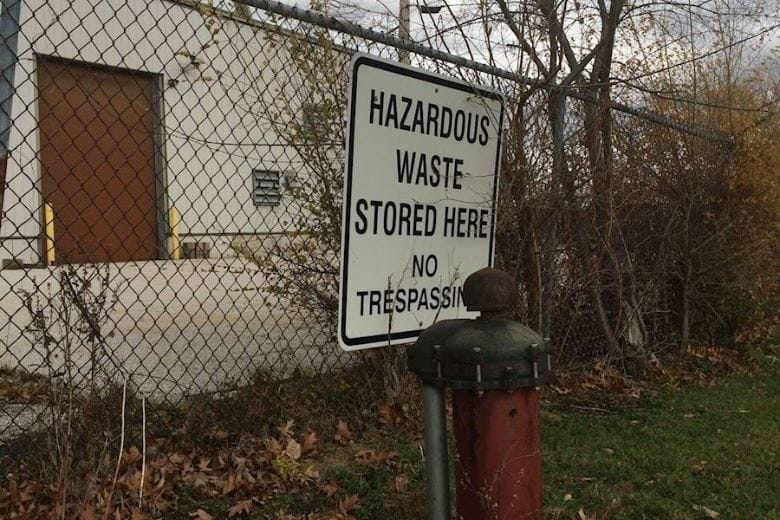
 Let Seneca help you make a sound commercial property investment with an Environmental Site Assessment.
Let Seneca help you make a sound commercial property investment with an Environmental Site Assessment.
A Phase 1 Environmental Site Assessment (ESA) is another due diligence tool which enables investors, lenders, brokers and attorneys to better assess commercial real estate liabilities.
Reasons for conducting a Phase 1 ESA
- Many lending institutions and the Small Business Association (SBA) require an environmental site assessment prior to approving financing or refinancing.
- Phase I ESAs are conducted utilizing a standard practice governed by ASTM (ASTM E 1527) and USEPA rules for All Appropriate Inquiry, 40 CFR Subpart C – Standards and Practices, §§312.20 through 312.31.
- Phase I ESAs are the industry standard.
- Phase I ESAs are the only method regarded as meeting due diligence requirements for a landowner liability defense if seeking protection under the Comprehensive Environmental Resource Liability Act (CERCLA).
- Determining whether any immediate actions at the subject property are necessary to comply with existing environmental laws and regulations.
- Assistance in evaluating the legal and financial liabilities associated with the subject property.
- Assistance in evaluating the subject property’s overall development potential.
Assessments include:
All of Seneca’s ESAs include the four main components of a Phase I ESA as set forth in the most current ASTM E 1527 standard.
- Records reviews, such as governmental databases, historical photographs and maps.
- Site reconnaissance to visually identify potential risks.
- Interviews with past and present owners, operators, occupants, as well as governmental officials.
- Fully inclusive report.
 Potential risks:
Potential risks:
Examples of potential risks that may be identified either through document research, visual observation or interviews include:
- Underground or aboveground storage tanks and associated piping systems.
- Evidence of current or historical dry-cleaning activities.
- Improper handling or storage of hazardous materials.
- Evidence of a spill, or release of hazardous materials (no secondary containment for tanks or barrels, stained surfaces, stressed or dead vegetation, etc.) and accumulated refuse or abandoned landfills.
Phase 2 ESA Recommendations
Seneca can also make recommendations for conducting Phase II ESAs (ASTM E1903) based on the conclusions of the initial Phase I ESA. Phase II ESAs are carefully and prudently tailored, using state-of-the-art engineering techniques and procedures to address the specific findings discovered during the Phase I.
If the conditions identified during the Phase I ESA are confirmed above regulatory levels during the Phase II ESA, Seneca can work with regulators and responsible parties to provide solutions. These solutions may include:
- Traditional removal and disposal methodologies.
- Venting.
- Bioremediation.
- Other in-place treatment techniques.
The scope of the remediation plan is determined based on individual client needs, available on-site resources and specific site conditions.
Learn more about landowner liability protections at https://www.epa.gov/ust/revising-underground-storage-tank-regulation-revisions-existing-requirements-and-new.